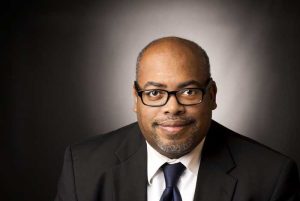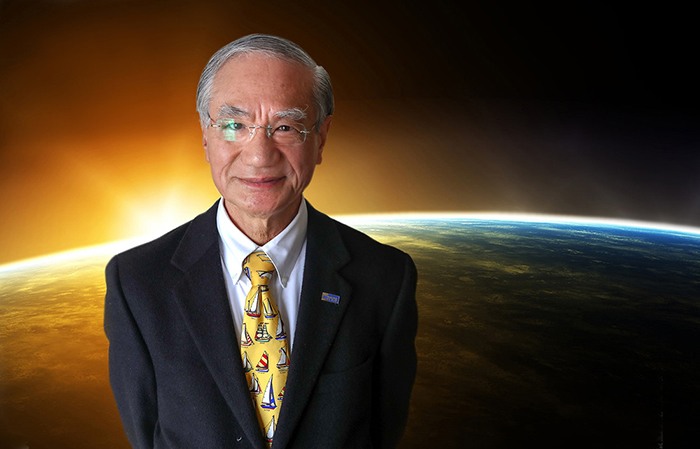UA Little Rock professors named ‘Visionary Arkansans’
Two professors at the University of Arkansas at Little Rock have been named “Visionary Arkansans 2018” by the Arkansas Times for their extraordinary research accomplishments. The list recognizes “inspired men and women who are making great things happen.”
Dr. Yu-Po Chan, chair of the UA Little Rock Department of Systems Engineering, is part of a trio of “spaceflight cubed” researchers who are designing CubeSats, low-cost, miniature satellites.
“We are planning in the long run to have a constellation of these satellites … flying in formation,” Chan said. “This would be Arkansas’s very first with our name on it. Many other states bigger than us have already launched, so we are catching up, basically.”
His collaborators are Dr. Po-Hao Adam Huang, an assistant professor of mechanical engineering at UA Fayetteville, and Dr. Edmund Wilson, a chemistry professor at Harding University in Searcy. Their first CubeSat model, ArkSat-1, is being designed by Huang and should be delivered to NASA by the end of 2019 and launched in early 2020.
In October, Chan received a $24,900 grant from NASA to develop a different CubeSat project. Called SAMSAT (solar and atmospheric measuring satellite), the research will eventually map the presence of water vapor, methane, carbon dioxide, and other greenhouse gases in the atmosphere above Arkansas.
Chan will then compare that information to data collected by the Geostationary Operational Environmental Satellite, or GOES-16, which is one of two weather orbiters operated by NASA and the National Oceanic and Atmospheric Administration. GOES weighs in at over 3 tons, according to NASA’s website — about the weight of a Hummer H2. SAMSAT will probably weigh around 3 pounds.
“We are using the big satellite’s data to validate that what we see is accurate,” Chan said. “We’re talking about billions of dollars in the big satellite, thousands of dollars in these small satellites.”
Additionally, “History Detective” Dr. Brian Mitchell, a professor of history at UA Little Rock, has been highlighted for research that is filling in the gaps of the Elaine Massacre, one of the deadliest race riots in American history.

“Receiving the honor took me by surprise,” Mitchell said. “If I had to say anything, I would thank the students who worked with me on the projects, past and present. I would also thank my colleagues Drs. Barclay Key and Guy Lancaster, noted author and distinguished attorney Grif Stockley, Congressman French Hill and his staff, the Department of Arkansas Heritage, and the Solomon family for their assistance and support.”
In September 1919, after one of several meetings black farmers held with representatives of the Progressive Farmers and Household Union, a white deputy spying on the meeting was fatally shot. Acting at the urging of the Phillips County sheriff, a mob of whites roamed the county, killing hundreds — some estimates are as high as 800 — of black residents. Five whites were killed, but only African Americans were arrested and jailed.
Twelve black men were quickly found guilty of murder by an all-white jury and sentenced to death. They were imprisoned while their appeals in two famous cases traveled to the state and U.S. supreme courts. Their convictions were overturned, and they were sentenced to time served and released. But fearing they’d be lynched, all 12 fled the state, along with hundreds of other African Americans from Elaine who feared for their lives.
Mitchell and his public history graduate students have searched census records, city directories, vital records, and newspaper accounts to discover what happened to the Elaine 12. So far, they have discovered the locations of six of their graves. The students are writing biographies of the men for the Butler Center for Arkansas Studies’ Encyclopedia of Arkansas. They also are raising funds to place markers on their graves, a project UA Little Rock is doing in collaboration with the National Park Service and other agencies and with the help of private individuals.
A previous class worked to transcribe the death certificates of African Americans killed in the race massacre and created a database. The database has been provided to the Arkansas State Archives for public use. In the spring, Mitchell’s History of Racial Violence class will look at the connections between race and violence in America from first contact through the 21st century.
